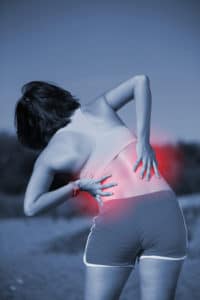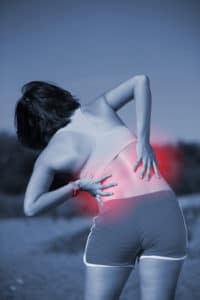
There are several reasons why narrowing of the space in between discs, also referred to as the foraminal space, may occur. Often, stenosis occurs as the body ages. Additional factors related to narrowed foraminal spaces include bone spurs and herniated or bulging discs. A slipped vertebrae or trauma to the back may also be a precursor to changes in the foraminal space.
A thorough spinal examination can evaluate symptoms such as:
- Numbness or tingling
- Localized pain at any segment of the spine
- Pain that radiates along a nerve pathway
- Muscle weakness
Treating Stenosis of the Foraminal Space
The primary objective in treating spinal stenosis is to widen the space through which nerve roots travel. Nerve decompression is critical to the reduction of uncomfortable symptoms. Secondarily, treatment for stenosis seeks to prevent further compression. If possible, Dr. Lipani aims to achieve both objectives during a single procedure.
The way in which we treat stenosis must correlate with the reason for narrowing. For some patients, physical therapy exercises provide sufficient relief and prevention. However, surgical techniques may be necessary when the underlying cause of stenosis relates to an abnormality or injury to the spine. For example, it may be necessary to repair a herniated disc in order to restore sufficient space between two vertebrae.
Obtain the Care You Need for Spinal Stenosis
Treatment options usually lean to the conservative side when correcting spinal stenosis. Surgery is considered only if the narrowing is severe or when traditional modalities like physical therapy and medications do not achieve the desired level of improvement.
Schedule a Consultation
Receive a personalized approach to spine treatment. Contact a Princeton Neurological Surgery office near you today.


